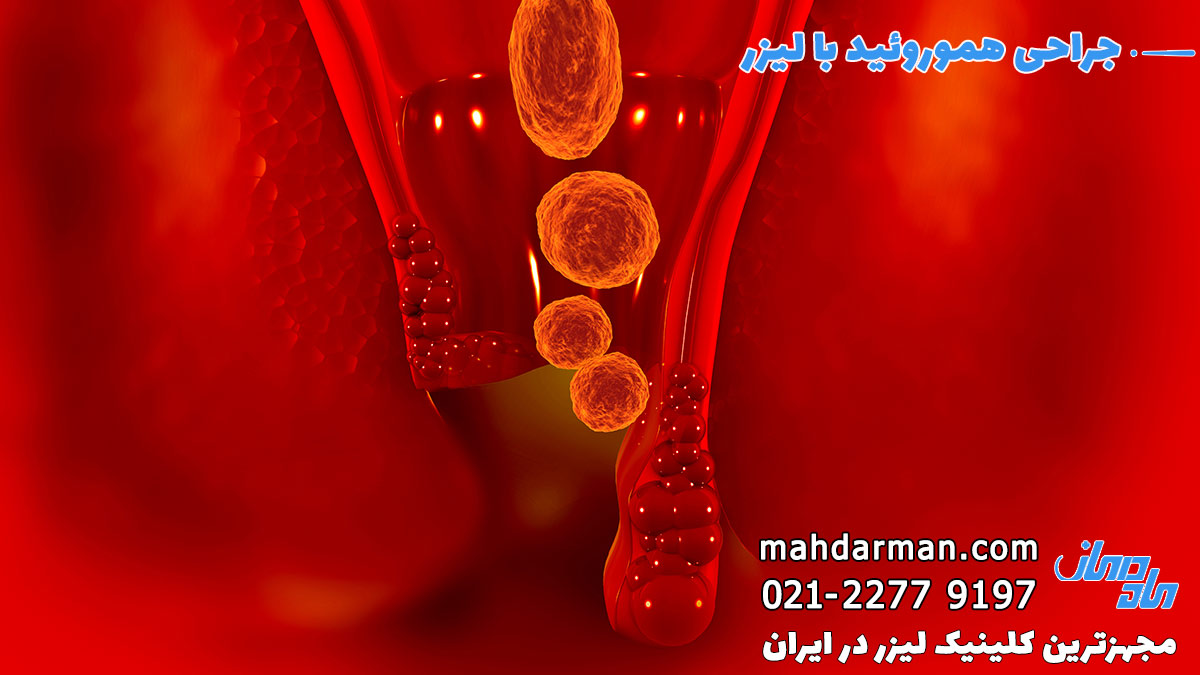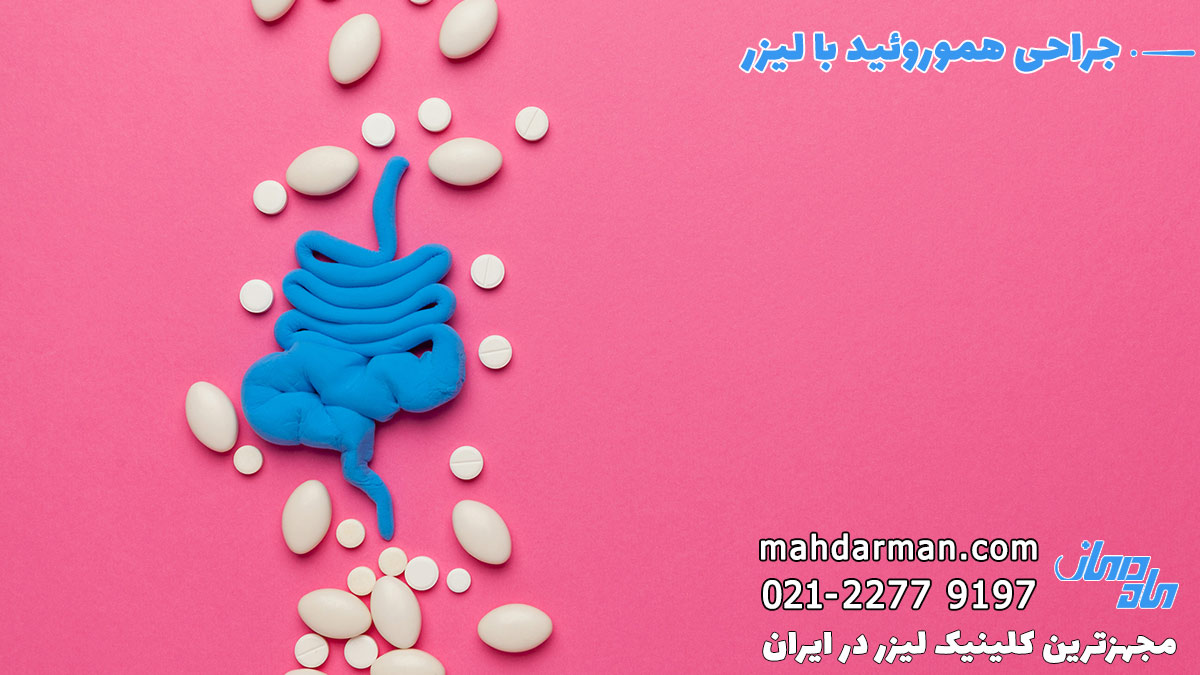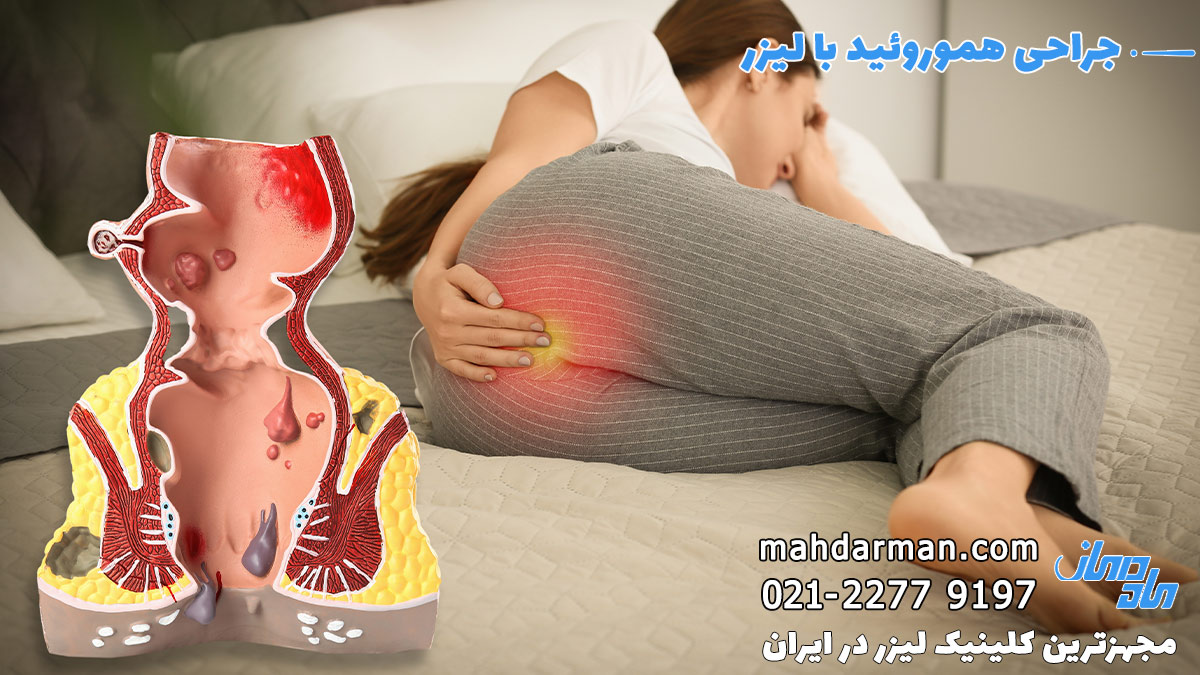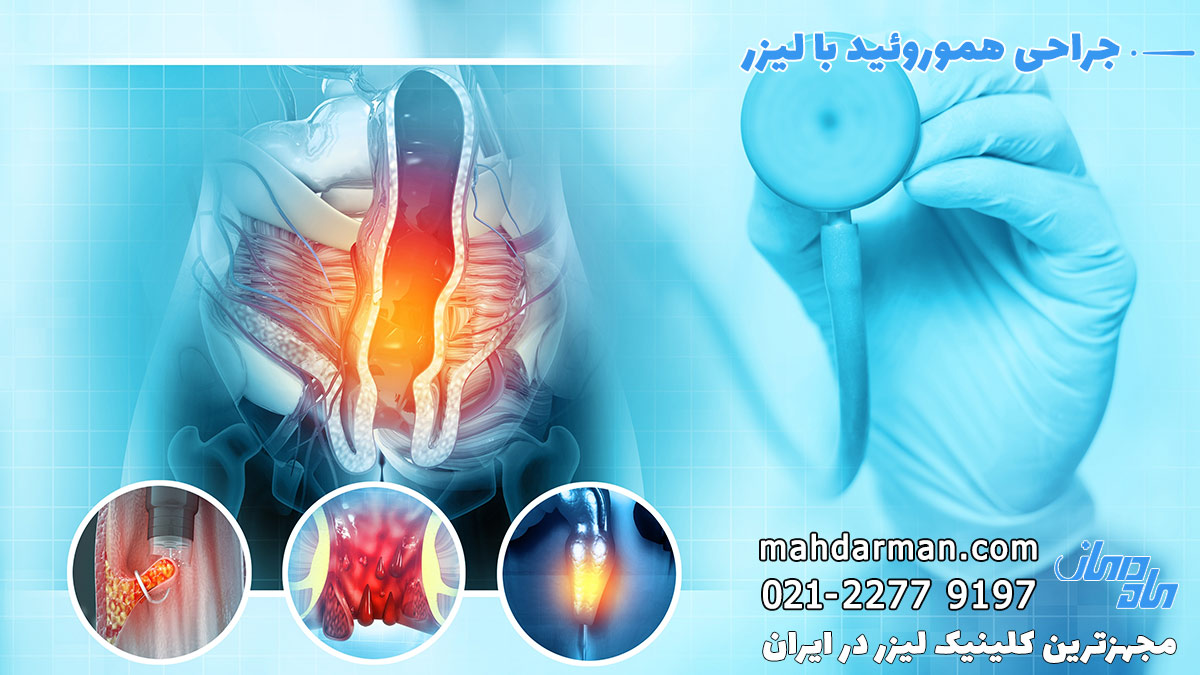اهمیت یادگیری مداوم: چرا باید همیشه در حال یادگیری باشیم؟
اهمیت یادگیری مداوم: چرا باید همیشه در حال یادگیری باشیم؟
در دنیای امروز، که تغییرات به سرعت در حال وقوع هستند، یادگیری مداوم به یکی از ضروریات زندگی تبدیل شده است. این مقاله به بررسی اهمیت یادگیری مداوم و دلایل آن میپردازد و نشان میدهد که چرا باید همواره در حال یادگیری باشیم.
یادگیری مداوم چیست؟
یادگیری مداوم به فرآیند کسب مهارتها و دانش جدید بهطور پیوسته اشاره دارد. این نوع یادگیری فراتر از محیطهای آموزشی رسمی مانند دانشگاهها و مدارس است و شامل یادگیری در زندگی روزمره، محیط کار و حتی از طریق تجربیات شخصی میشود. با توجه به تحولات سریع فناوری و بازار کار، افرادی که به طور مستمر در حال یادگیری هستند، میتوانند با تغییرات سازگار شوند و از فرصتهای جدید بهرهبرداری کنند.
چرا یادگیری مداوم مهم است؟
- افزایش فرصتهای شغلی
یکی از مهمترین مزایای یادگیری مداوم، افزایش فرصتهای شغلی است. افرادی که مهارتهای جدید را بهطور مرتب کسب میکنند، معمولاً در مقایسه با دیگران، شانس بیشتری برای استخدام و پیشرفت در شغل خود دارند. این افراد میتوانند به راحتی به موقعیتهای بالاتر دست یابند و از مزایای بیشتری برخوردار شوند.
- سازگاری با تغییرات
تغییرات در دنیای امروز بسیار سریع و غیرقابل پیشبینی هستند. افرادی که به طور مداوم در حال یادگیری هستند، میتوانند به راحتی با این تغییرات سازگار شوند. آنها قادرند تا با تحولات جدید در صنعت خود همگام شوند و از رقابت عقب نمانند.
- افزایش بهرهوری و کارایی
یادگیری مداوم نه تنها دانش فرد را افزایش میدهد بلکه موجب افزایش بهرهوری و کارایی نیز میشود. افرادی که مهارتهای جدید را آموختهاند، معمولاً قادرند وظایف خود را بهتر و سریعتر انجام دهند. این امر به آنها کمک میکند تا نتایج بهتری را در کار خود کسب کنند.
- تقویت مهارتهای رهبری و مدیریت
یادگیری مداوم همچنین به تقویت مهارتهای رهبری و مدیریت کمک میکند. مدیران و رهبرانی که همواره در حال یادگیری هستند، معمولاً توانایی بیشتری برای هدایت تیمها و سازمانها دارند. آنها قادرند تا با چالشهای جدید بهتر کنار بیایند و تصمیمات مؤثرتری بگیرند.
- افزایش رضایت شغلی
افرادی که در حال یادگیری مداوم هستند، معمولاً از کار خود رضایت بیشتری دارند. این افراد احساس موفقیت و پیشرفت بیشتری میکنند و انگیزه بیشتری برای ادامه کار دارند. بنابراین، یادگیری مداوم نه تنها بر روی عملکرد فرد تأثیر مثبت دارد بلکه بر روی رضایت شغلی او نیز اثرگذار است. https://oxmag.ir/
چگونه یادگیری مداوم را وارد زندگی خود کنیم؟
برای اینکه یادگیری مداوم جزئی از زندگی روزمره ما شود، باید چند راهکار ساده را دنبال کنیم: - تعیین اهداف یادگیری: مشخص کنید که چه مهارتها یا دانشی برای شما مهم است و بر روی آنها تمرکز کنید.- استفاده از منابع آنلاین: وبسایتهایی مانند آکس مگ منابع ارزشمندی برای یادگیری آنلاین ارائه میدهند که میتوانید از آنها بهرهبرداری کنید.- شرکت در دورههای آموزشی: شرکت در دورههای آموزشی رسمی یا غیررسمی میتواند به شما کمک کند تا مهارتهای جدید را بیاموزید.- مطالعه کتابها و مقالات: خواندن کتابها و مقالات مرتبط با حوزه کاریتان یکی دیگر از راههای مؤثر برای یادگیری است.- تعامل با دیگران: گفتگو با افراد متخصص یا شرکت در گروههای آموزشی میتواند فرصتی برای تبادل نظر و یادگیری از تجربیات دیگران باشد.
نتیجهگیری
یادگیری مداوم یک نیاز اساسی در دنیای امروز است که نمیتوان آن را نادیده گرفت. با توجه به تغییرات سریع فناوری و بازار کار، افرادی که همواره در حال یادگیری هستند، قادر خواهند بود تا با چالشها سازگار شوند و فرصتهای جدیدی را ایجاد کنند. بنابراین، اهمیت یادگیری مداوم را نمیتوان نادیده گرفت؛ زیرا این فرآیند نه تنها به پیشرفت فرد کمک میکند بلکه موجب موفقیت سازمانها نیز خواهد شد. در نهایت، فراموش نکنید که وبسایت آکس مگ منبع خوبی برای دسترسی به اطلاعات آموزشی مفید است که میتواند شما را در مسیر یادگیری مداوم یاری کند. پس همواره آماده باشید تا بیاموزید و رشد کنید!https://worcester.ma/2018/01/beyond-metoo-brazilian-women-rise-up-against-racism-and-sexism/#comment-330940https://www.tripadvisor.com/Profile/oxmagohttps://www.4shared.com/u/S-Re24V2/fimor71925.htmlhttps://www.pubpub.org/user/oxmag3939-oxmag3939https://www.ted.com/profiles/47942229/abouthttps://unsplash.com/@oxmag3939https://www.ask-people.net/user/oxmag3939https://ask.linuxrussia.com/user/oxmag3939https://list.ly/list/Amxo-https-slash-slash-oxmag-dot-ir-slash?make_list_mode=truehttps://socialsocial.social/user/oxmag3939 /https://app.roll20.net/users/14917393/https-slash-slash-oxmag-dot-ir-slash-ohttps://letterboxd.com/oxmag3939/https://buyerseller.xyz/user/oxmag3939/https://doodleordie.com/profile/oxmag3939https://topsitenet.com/profile/oxmag3939/1284831/https://peatix.com/user/24190195/viewhttp://maps.google.com/url?q=http%3A%2F%2Fwww.oxmag.ir





